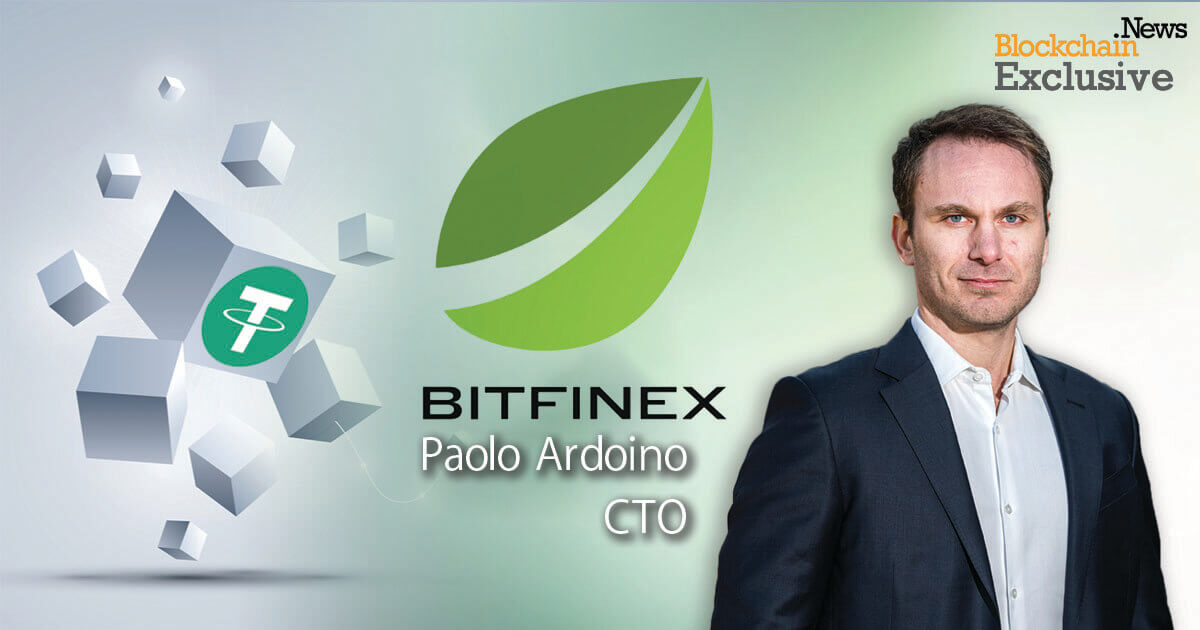Plasma (XPL): The Blockchain That’s Reinventing Stablecoin Transactions in 2025
Forget everything you thought you knew about stablecoin transfers—Plasma just rewrote the rulebook.
The Speed Revolution
XPL's architecture cuts settlement times from hours to seconds, bypassing traditional banking bottlenecks that make international transfers feel like sending messages by carrier pigeon. No more waiting for bank approvals or watching transaction fees eat into your principal.
Stablecoins Without the Headaches
While legacy systems struggle with compliance checks and middlemen, Plasma's framework handles regulatory requirements automatically—processing transactions at a fraction of the cost traditional finance charges. The network achieves this while maintaining full transparency, something Wall Street still can't figure out after decades of trying.
The Future Is Already Here
Financial institutions are taking notice—not because they want to, but because they have to. When a blockchain can move millions in stablecoins faster than a banker can finish their morning latte, the writing's on the wall. Traditional finance's response? Form another committee to study the problem—classic move.
Plasma isn't just improving stablecoin transactions—it's exposing how unnecessarily complicated traditional finance has made everything. Maybe that's why bankers hate it so much.

Plasma, a layer-1 blockchain, has emerged as a significant innovation in the realm of stablecoin payments, aiming to address the growing significance of digital dollars in the global economy. According to blog.bitfinex.com, Plasma's architecture is specifically tailored to cater to stablecoin transactions, incorporating features such as zero-fee transfers for USDt, custom tokens for gas, and confidential transactions.
Technical Infrastructure
At its core, Plasma is fortified by PlasmaBFT, a variant of the HotStuff consensus algorithm, offering Byzantine fault tolerance with low-latency finality. Its execution layer, powered by Reth, is an Ethereum-compatible client written in Rust, facilitating developers in deploying applications using familiar EVM tools. This blend of technologies ensures deterministic guarantees on settlement speed and throughput, aligning with the demands of global payment systems.
Innovative Features
Plasma's standout feature is its integration of stablecoin-specific mechanisms at the protocol level. For instance, its paymaster system covers gas costs for USDt transfers, enabling users to send payments without holding the native XPL token. Meanwhile, other transactions incur standard fees to maintain validator incentives and network security. Future plans include introducing a trust-minimized Bitcoin bridge and deeper integration of stablecoin-native contracts, enhancing Plasma's utility in phases.
The Role of XPL Token
The XPL token is pivotal to Plasma's economic and security framework. It functions similarly to ETH on Ethereum, facilitating transaction fees, network security through staking, and validator incentives. Despite the gasless USDT transfers, XPL underpins all other activities on the chain, ensuring validators are rewarded and the network remains economically sustainable.
In Plasma’s proof-of-stake consensus, validators stake XPL to participate in block production and transaction verification, earning rewards for their service. Misbehaving validators face penalties, ensuring network integrity without risking catastrophic losses. As the network decentralizes, staked delegation will broaden participation in consensus, allowing token holders to contribute to security without managing infrastructure.
Economic Model and Tokenomics
XPL’s distribution, spanning ecosystem growth initiatives, the team, early investors, and a public sale, is structured to support long-term alignment. Inflation rates for validator rewards start at 5% annually, tapering to 3%, with EIP-1559-style fee burning to manage supply growth. This strategy balances validator participation incentives with long-term holder interests.
Within the Plasma ecosystem, XPL facilitates applications beyond stablecoin transfers. Developers use XPL for gas unless opting for custom gas token setups. Cross-asset programmability, staking, and future governance mechanisms are also tied to XPL, reinforcing its role as the network’s security backbone and value anchor, supporting Plasma's ambition to scale into a global payments infrastructure.
Image source: Shutterstock- plasma
- blockchain
- stablecoin

